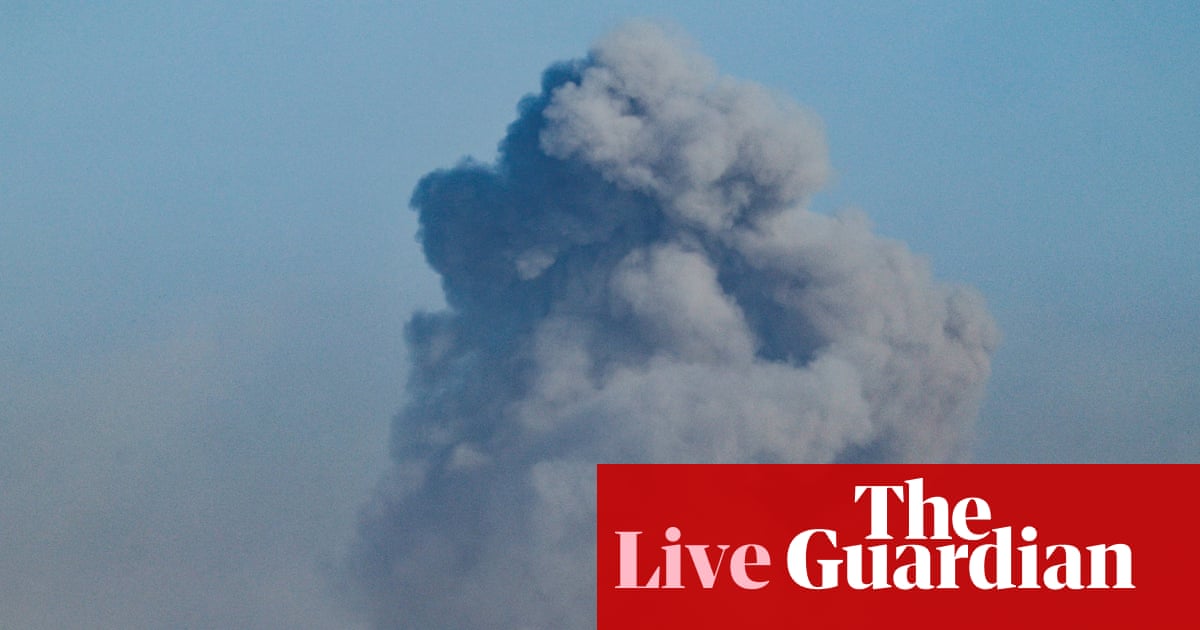As next summer’s World Cup approaches, excitement is building for the biggest global soccer tournament ever held, but so too are concerns over the viability and environmental sustainability of the vastly expanded competition.
Held across 16 cities in the United States, Canada and Mexico, the 2026 World Cup will see the tournament expand from 32 nations to 48 competing for soccer’s most coveted prize. It will be a tournament of unprecedented scale both in terms of the number of teams, and the vast geographical expanse it will cover.
Both of these factors bring significant environmental concerns, however – particularly regarding the tournament’s carbon footprint and the effectiveness of Fifa’s proposed mitigation strategies.
Fifa first introduced its Climate Strategy report back in 2021 in response to growing environmental concerns, launching its initiative at the UN Climate Change Conference (Cop26) that year. In the plan, Fifa pledged to reduce its carbon emissions by 50% by 2030 and achieve net zero emissions by 2040. The strategy included measures such as promoting sustainable infrastructure, enhancing energy efficiency and encouraging the use of renewable energy. It also included a fair amount of carbon offsetting – a process by which entities buy “credits” that go toward environmental protection, to theoretically make up for emissions produced.
However, it has been argued by critics that Fifa’s reliance on carbon offsetting lacks transparency and may not be effective in mitigating the environmental impact of its expanded showpiece tournament.
The organization’s previous claims of carbon neutrality for the 2022 World Cup in Qatar were deemed misleading by a Swiss regulator. Responding to complaints raised by environmental groups in five different countries, the Swiss Commission for Fairness – which is based in Fifa’s home city of Zurich – found the governing body was “not able to provide proof that the claims were accurate” and “did not set out a plan to define how it will further offset emissions.”
This raises questions about the credibility of similar assertions Fifa has made about the 2026 World Cup.
The tournament will feature 80 matches, spread across the three host countries. The massive geographical spread will necessitate extensive air travel for teams and fans alike, contributing to the tournament’s substantial carbon emissions.
United 2026, the joint bid by the host nations, has estimated that the event will generate approximately 3.7m tonnes of CO₂, making it the highest World Cup carbon footprint ever recorded. Of this estimate, travel accounts for 85% of the emissions – 51% from international travel and 34% from inter- and intra-city travel.
The 2022 World Cup faced significant criticism for its environmental impact, but that was to do with factors other than travel. The construction of new stadiums and infrastructure, coupled with the energy-intensive cooling systems required for the desert climate, contributed to the tournament’s substantial carbon footprint. Fifa estimated that the tournament was responsible for emissions of approximately 3.6m tonnes of CO₂.
In contrast, Uefa’s approach to Euro 2024 in Germany seems to offer a more sustainable model. The tournament used existing stadiums, implemented energy-efficient technologies and promoted public transportation for fans and teams.
These measures led to a 21% reduction in carbon emissions compared to initial forecasts. Additionally, Uefa established a €7m Climate Fund to support sustainable infrastructure projects, leaving a lasting environmental legacy for the Euros.

In fairness to the hosts, 2026 is being played under different conditions to Euro 2024 and Qatar 2022. Those tournaments were played in a single country (a tiny country in the latter case). Meanwhile, 2026 will traverse North America. The vast distances between venues in Canada, the United States and Mexico make air travel the most practical option for many teams and fans, significantly increasing emissions.
While the use of existing stadiums reduces the need for new construction, the pressure on infrastructure and transportation systems remains a concern.
Efforts to mitigate these challenges include promoting public transit and reducing reliance on air travel within host cities. However, the effectiveness of these measures depends on the availability, accessibility and affordability of sustainable transportation options, in addition to the willingness of fans and teams to utilize them. And, as anyone who has used public transport in the US will tell you, it can vary from rickety but effective in cities such as New York to almost non-existent in places such as Kansas City and Arlington.
Fifa’s choice of sponsorship partners for the tournament is another area in which the World Cup has come under scrutiny for its environmental impact.
Partnerships with fossil fuel companies and airlines contribute to soccer’s carbon footprint and raise questions about the alignment of commercial interests with stated sustainability goals. Among Fifa’s many commercial partners for the 2026 tournament are Qatar Airways and Aramco, officially known as the Saudi Arabian Oil Group. It could be argued that such sponsorships undermine the organization’s efforts to promote environmental responsibility.
After facing pushback against their sustainability reporting in the aftermath of the 2022 tournament in Qatar, the 2026 World Cup presents fresh challenges for Fifa and its green initiatives. But it also represents an opportunity for the organization to demonstrate a genuine commitment to environmental sustainability.
Soccer’s supposed commitment to reducing emissions and easing its environmental impact is more than a mere box-ticking exercise; it is a matter of increasing importance to fans. A new study commissioned by UK-based climate change charity Pledgeball, in conjunction with Champions League sponsors Mastercard, polled over 1,600 fans – including attendees at last year’s Champions League final – on the subject of environmental sustainability in soccer. It found that 81% of respondents said they are worried about the climate crisis, and 82% said they wanted their clubs to do more to combat it.
The majority of respondents also believed that it was incumbent on governing bodies – such as Fifa – to take the lead by implementing a top-down approach by overseeing explicit reporting requirements and meting out punishments to clubs responsible for the highest emissions.
The sheer scope of the expanded competition next year will provide the sternest possible test of the mitigation measures Fifa has put in place. And there will be an added expectation for a greater level of transparency when it comes to the postmortem reporting of the tournament’s carbon impact, after Fifa’s attempts to do so after the Qatar tournament didn’t stand up to scrutiny.
Set in the biggest media market on the planet, the 2026 World Cup will have record-breaking reach, but also a record-breaking carbon footprint. How Fifa tackles that issue will determine the credibility on its grand green plans.

.png) 2 months ago
44
2 months ago
44

















































